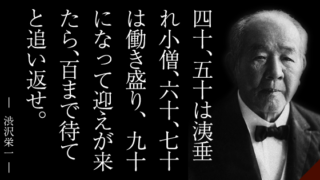Systematic Innovation 体系的イノベーション
Successful entrepreneurs do not wait until the “the Muse kisses them”
and gives them a bright idea; they go to work.
Systematic innovation means monitoring seven sources for innovative opportunity. The first four sources lie within the enterprise, whether business or public-service institution, or within an industry or service sector. The unexpected – the unexpected success, the unexpected failure, the unexpected outside event; the incongruity – between reality as it actually is and reality as it is assumed to be or as it “ought to be”; innovation based on process need; changes in industry structure or market structure that catch everyone unawares. The second set of sources for innovative opportunity involves changes outside the enterprise or industry: demographics (population changes); changes in perception, mood, and meaning; new knowledge, both scientific and nonscientific.
The lines between these seven source areas of innovative opportunities are blurred, and there is considerable overlap between them. They can be likened to seven windows, each on a different side of the same building. Each window shows some features that can also be seen from the window on either side of it. But the view from the center of each is distinct and different.
ACTION POINT: Monitor the seven windows of innovative opportunity: the unexpected; the incongruity; process need; changes in industry structure or market structure; changes in demographics; changes in perception, mood, and meaning; and new knowledge.
Innovation and Entrepreneurship
成功する起業家は
女神の口づけを待たない。働く。
イノベーションのためには、七種類の機会を調べなければならない。
最初の四つは、組織の内部あるいは産業の内部の機会である。第一が予期せぬこと、すなわち予期せぬ成功、予期せぬ失敗、予期せぬ出来事である。第二が現実にあるものと、かくあるべきものとのギャップである。第三がニーズである。第四が産業と市場の構造変化である。残りの三つは、組織や産業の外部の機会である。第五が人口の変化である。第六が認識の変化、すなわちものの見方、感じ方、意味の変化である。第七が発明発見による新知識である。
これら七つのイノベーションの機会は互いに重複する。角度の違う壁に取りつけられた七つの窓に似ている。窓から見える景色は隣の窓とかなり重なる。だが、部屋の中央から見える七つの景色は異なる。
(『イノベーションと起業家精神』)


